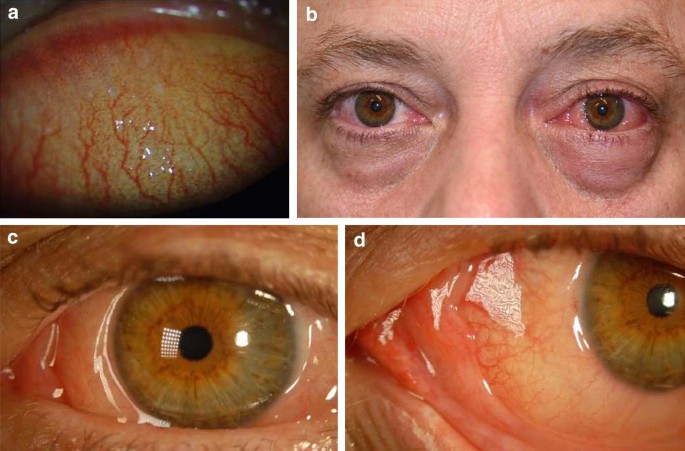- Review
- Open Access
Clinical and Translational Allergy 10, Article number: 2 (2020)
Abstract
Background
Evidence regarding the clinical effectiveness of mite allergen avoidance for the treatment of asthma is lacking. In previous meta-analyses on mite allergen control, the baseline data were not discussed in detail. This study updates and extends the existing Cochrane review by Gøtzsche and Johansen (Cochrane Database of Systematic Reviews, 2008, Art. No: CD001187), with a focus on baseline asthma outcomes and allergen exposures.





